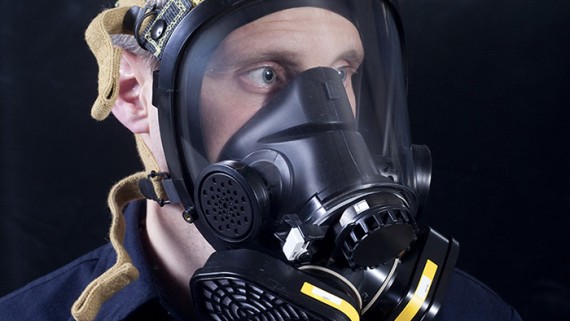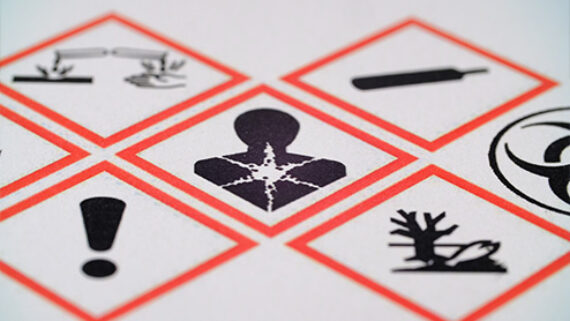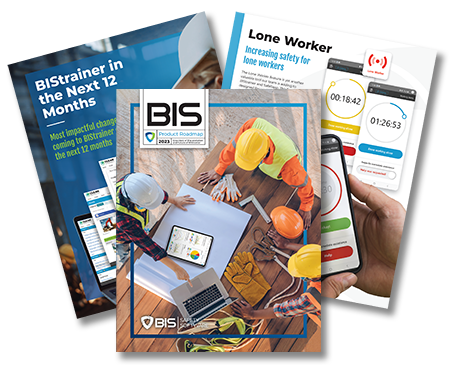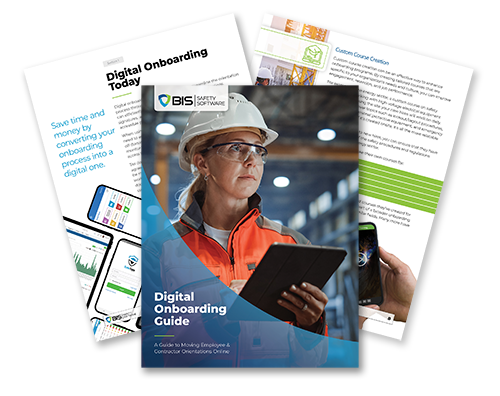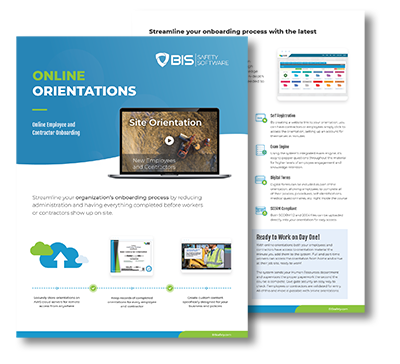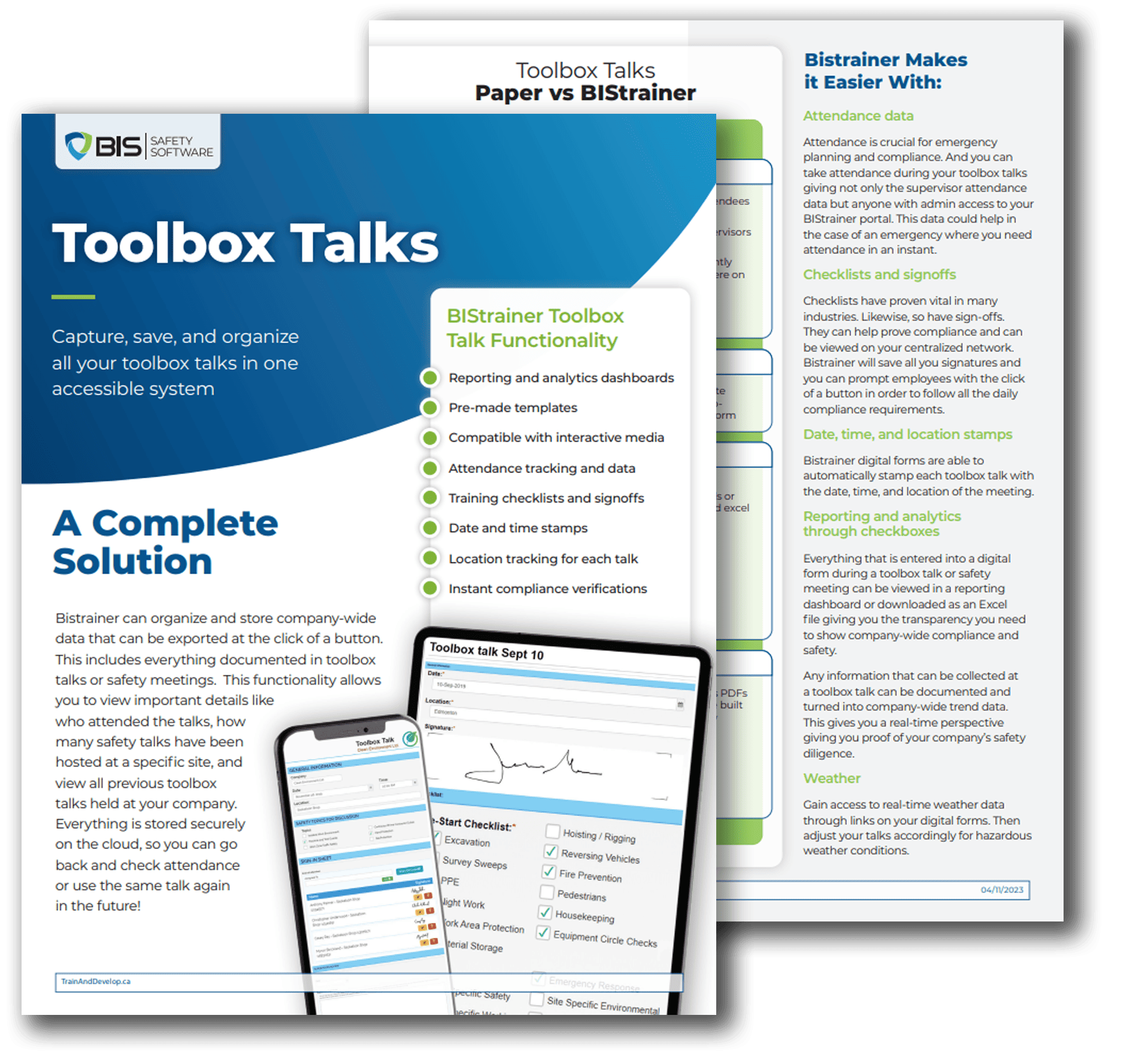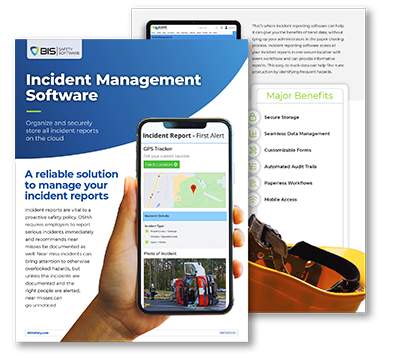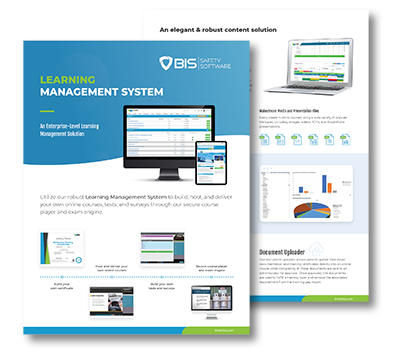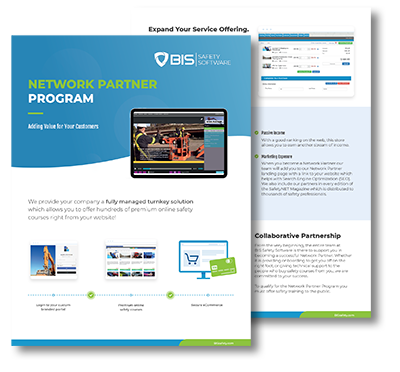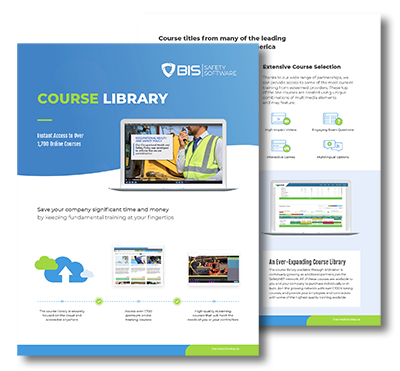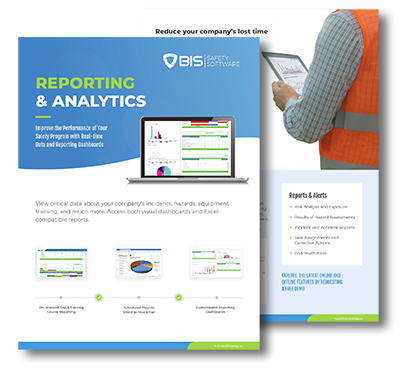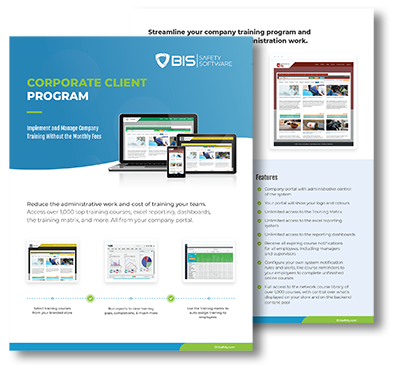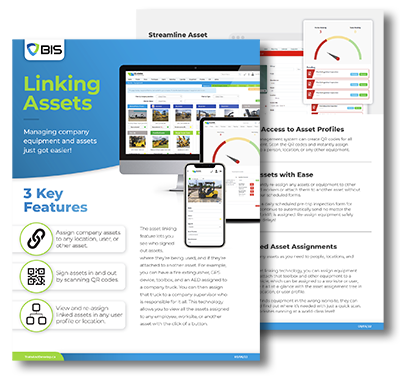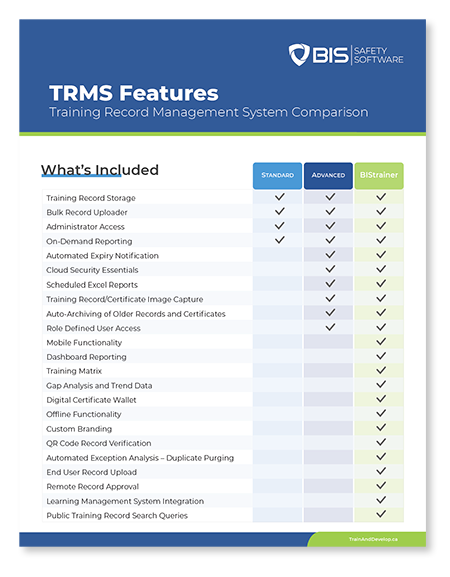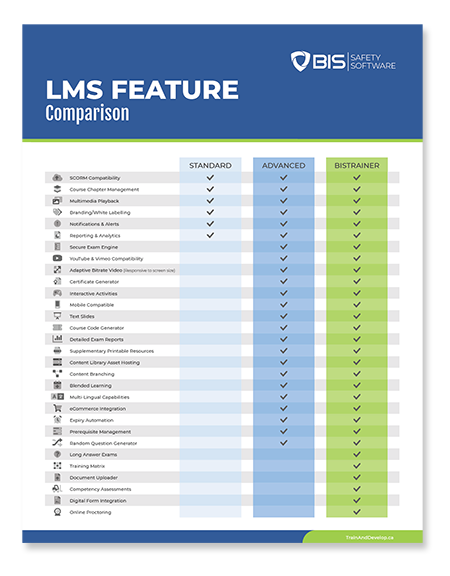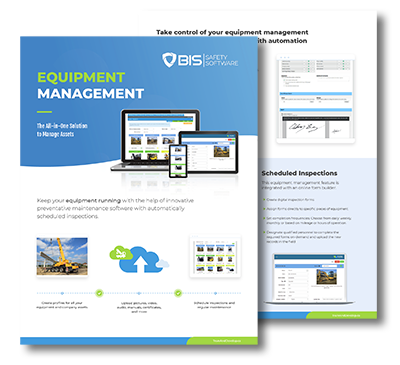Personal Protective Equipment Training:
Employee Essentials Online Course
Personal Protective Equipment Training:
Employee Essentials Online Course
One of the most important requirements for a safe workplace is making sure that employees wear personal protective equipment (PPE). There are many types of PPE, and the combination required will vary depending on working conditions. Collaborators must understand how to use basic PPE, but also any additional protection needed for specific tasks.
- Ideally, workplace hazards should be eliminated at the source, or along the path before they can reach a worker.
- However, there are cases where direct exposure to hazards is unavoidable, and PPE becomes the main line of defense.
In Sections 25 and 27, the Occupational Health and Safety Act (OHSA) makes employers and supervisors responsible for the correct use of PPE among workers. The PPE must be provided by the employer and kept in good working conditions. Section 28 requires employees to wear all PPE required by law, and any additional PPE necessary for special tasks.
PPE is necessary in many industries, but especially in areas like heavy manufacturing, construction, mining, oil and gas, warehousing and transportation. While some types of PPE can cause discomfort, they protect workers from crippling injuries and even fatalities. According to the Canadian Centre for Occupational Health and Safety (CCOHS), the most common types of PPE are:
- Head protection
- Foot protection
- Eye and face protection
- Hearing protection
- Hand protection
- Respiratory protection
- High-visibility clothing
There is also specialized PPE, which must be selected based on a hazard assessment. For example, medical personnel exposed to biohazards like COVID-19 must wear PPE that minimizes the risk of infection.
Meeting PPE Regulations in Canada
The Canadian Standards Association (CSA) developed the first national PPE standard in 1948, over 70 years ago. The global PPE market has grown dramatically since then, and is expected to reach a global value of $67.6 billion by 2023. The correct use of PPE in a company brings many benefits, which include worker protection and compliance with laws and regulations.
CSA provides certification for PPE such as footwear, headgear and eyewear. CSA standards require that PPE be kept in good working order, and replaced when damaged or expired.
The Canada Labour Code, Part II, establishes that hazards should be eliminated when possible, or mitigated when they cannot be removed completely. At the same time, the personnel must be provided with adequate PPE.
Understanding the Role of PPE in Hazard Protection
PPE is required by law, but ideally it should be the last line of defense. Hazards should be eliminated or mitigated whenever possible, preventing them from reaching workers in the first place. Collaborators must be aware that PPE does not eliminate a hazard, and it simply provides protection.
The hierarchy of controls developed by NIOSH (USA) is a useful concept to understand the role of PPE in hazard protection. Prevention measures should be deployed in the following order:
- Eliminating the hazard
- Substituting the source of the hazard
- Engineering controls: technical means to isolate workers from the hazard
- Administrative controls: changing work procedures to avoid the hazard
- Personal Protective Equipment

Course Topics
This course will help participants develop the following skills:
- Defining personal protective equipment (PPE)
- Listing PPE options for a safe worksite
- Specifying suitable PPE for a specific hazard.
The Personal Protective Equipment: Employee Essentials Online course consists of the following topics:
- What is PPE?
- Head, eye & face protection
- Hearing protection
- Hand & foot protection
- Respiratory protection
- Medical services & medical records
Universally Compatible

Duration
Average Completion Time
Completion times vary depending on the number of times the information is viewed prior to finishing the course. The average completion time is 90 minutes.

Testing
Knowledge Assessment
Testing is conducted in this online course to reinforce the information presented. You are provided three opportunities to achieve a passing mark of 80% or greater.

Certificate
Certificate of Completion
Upon successful completion of this course, a certificate will be available to download and print. You can access your certificate through your online account.







